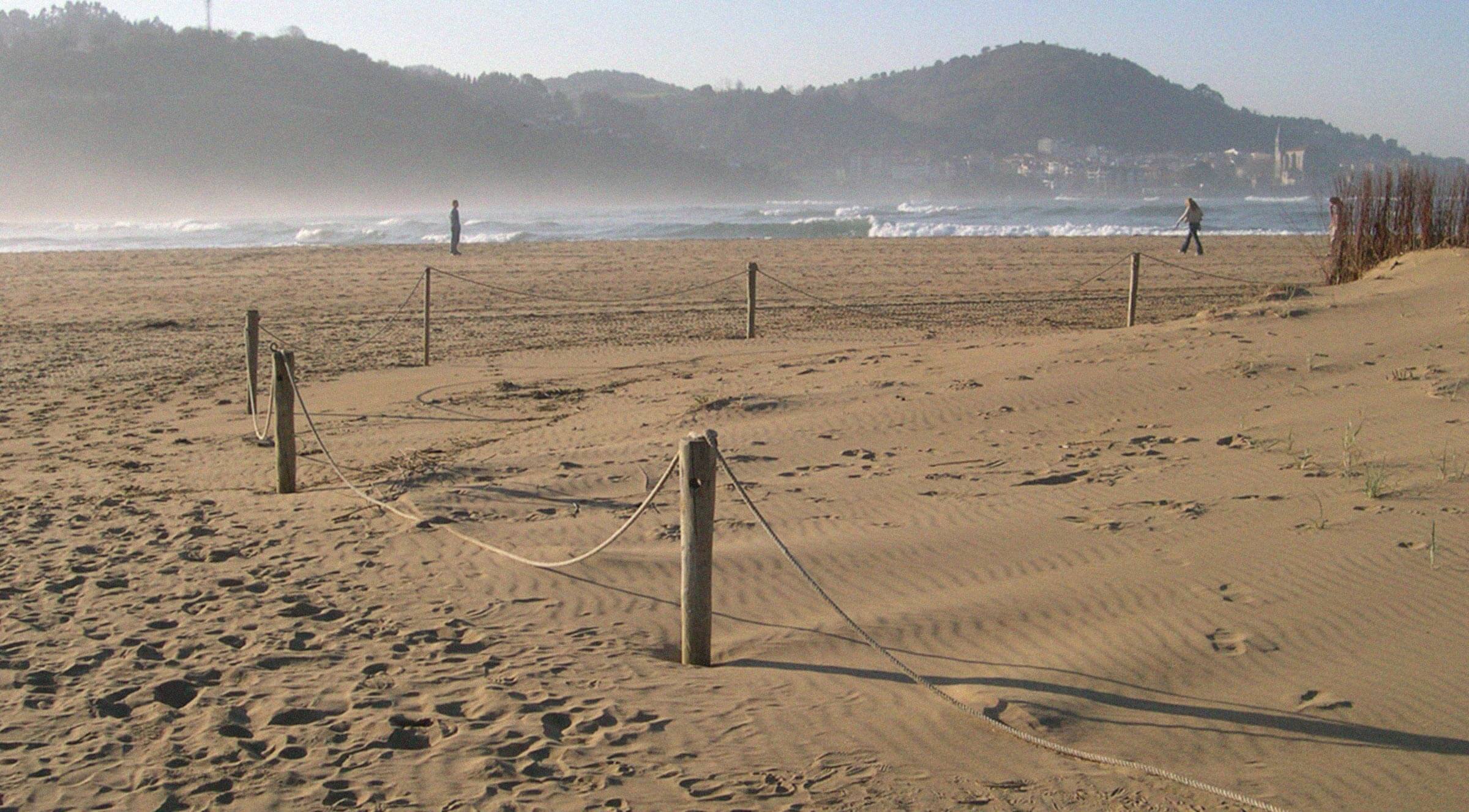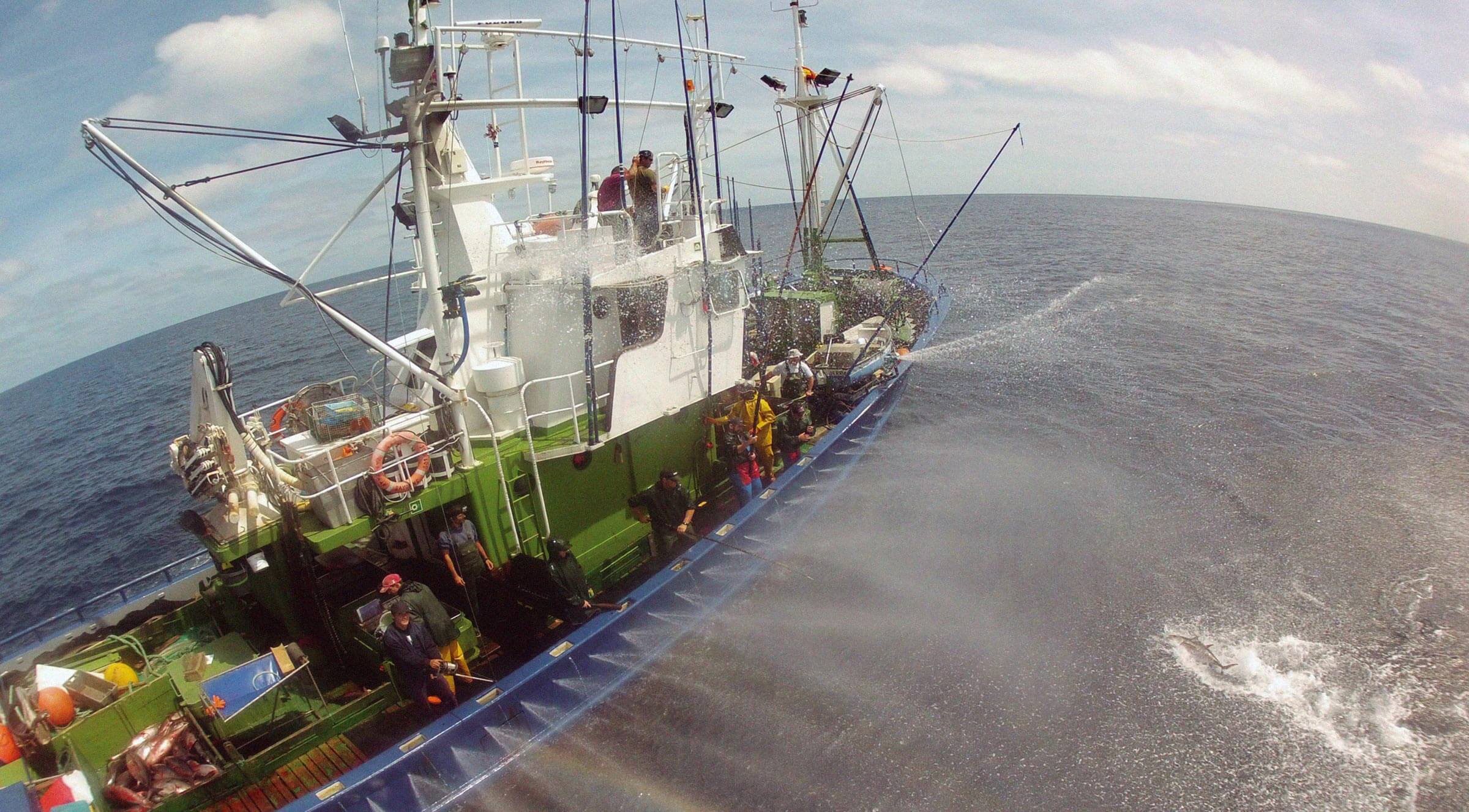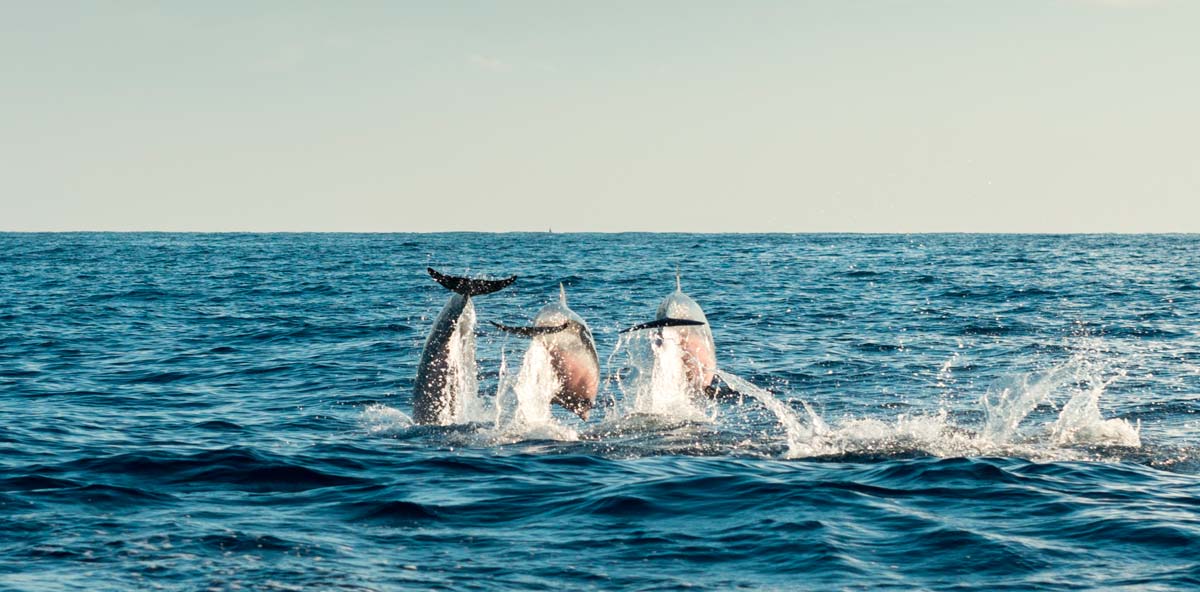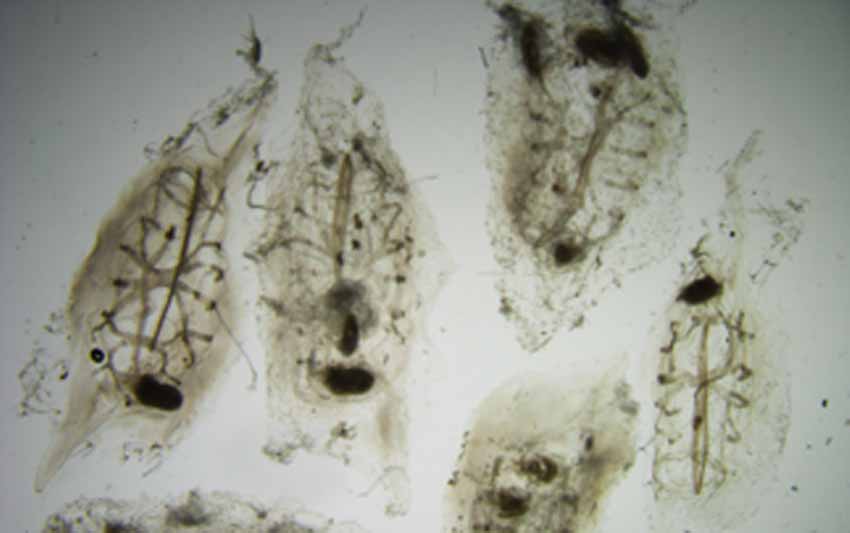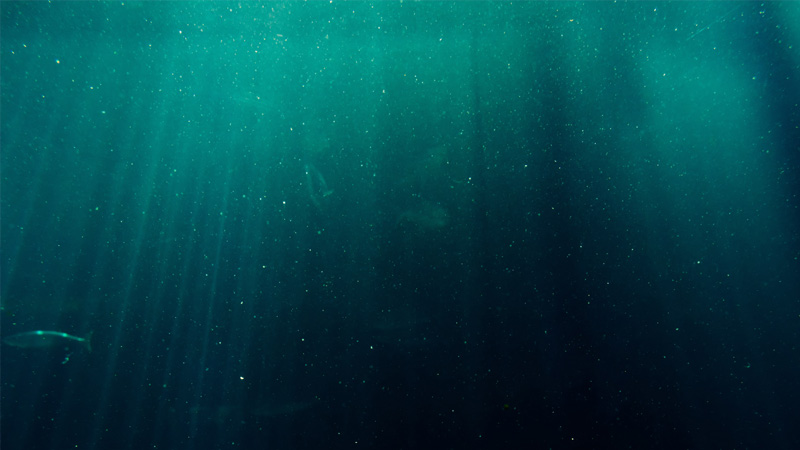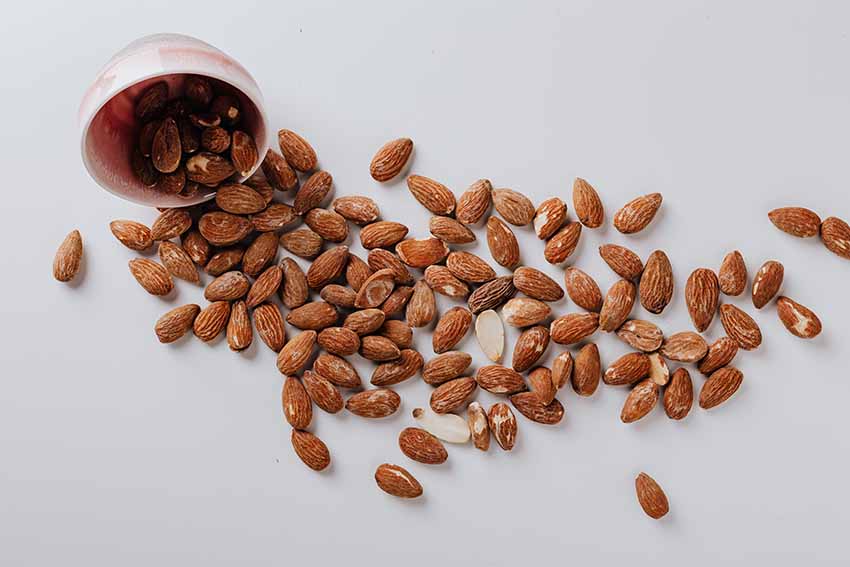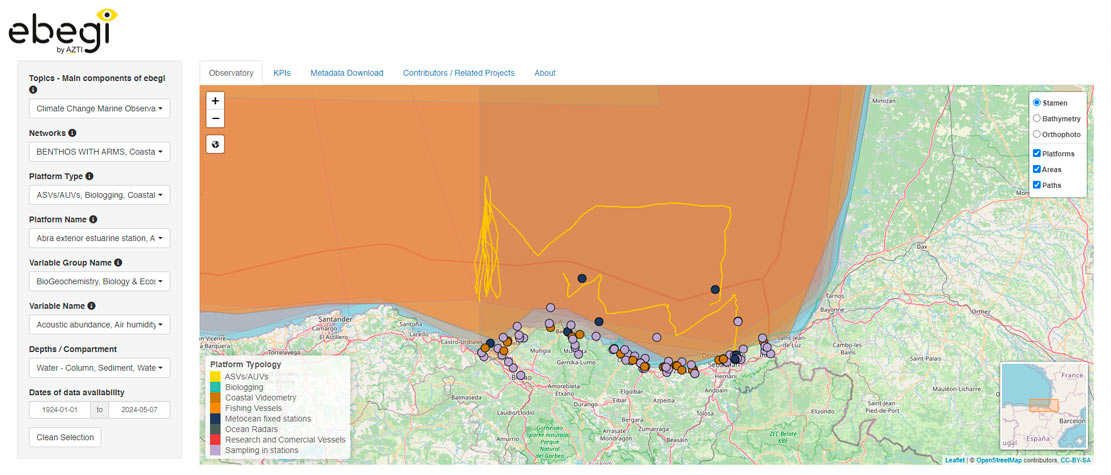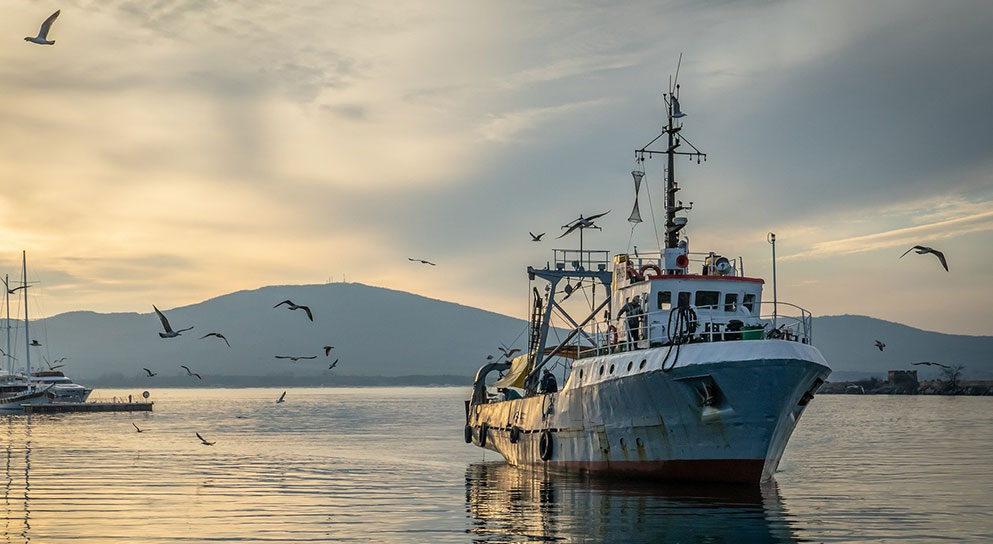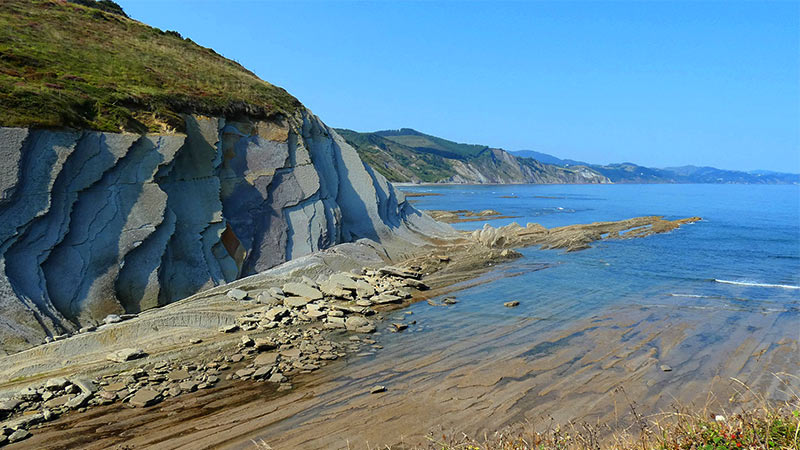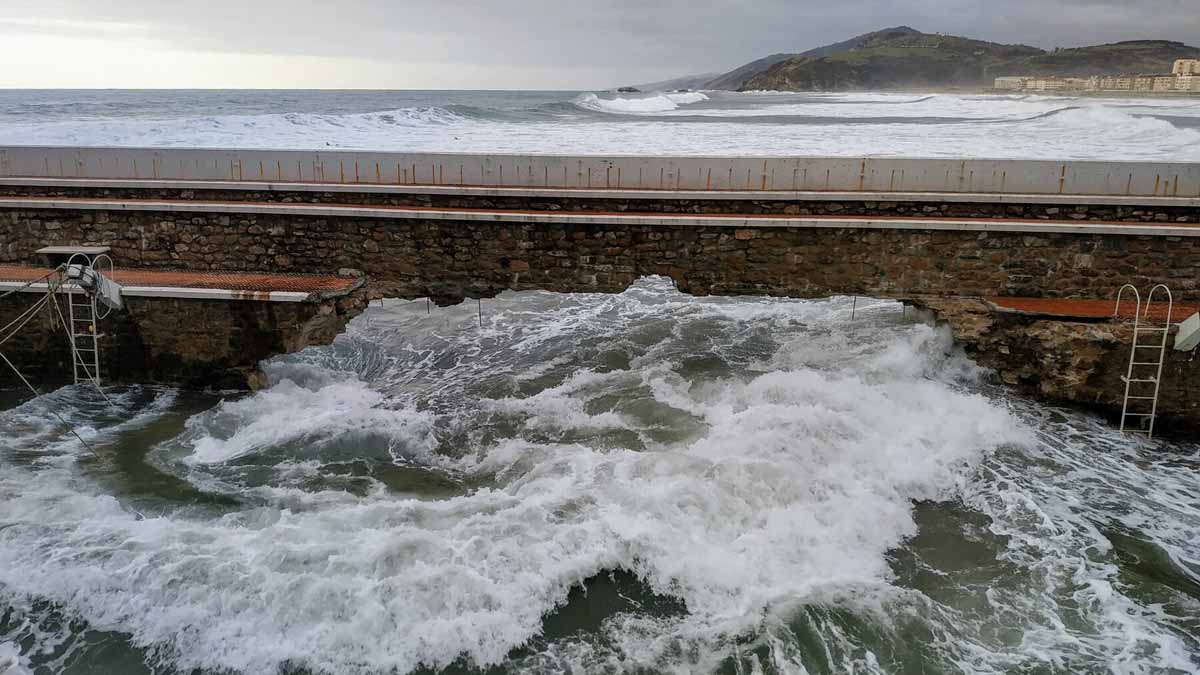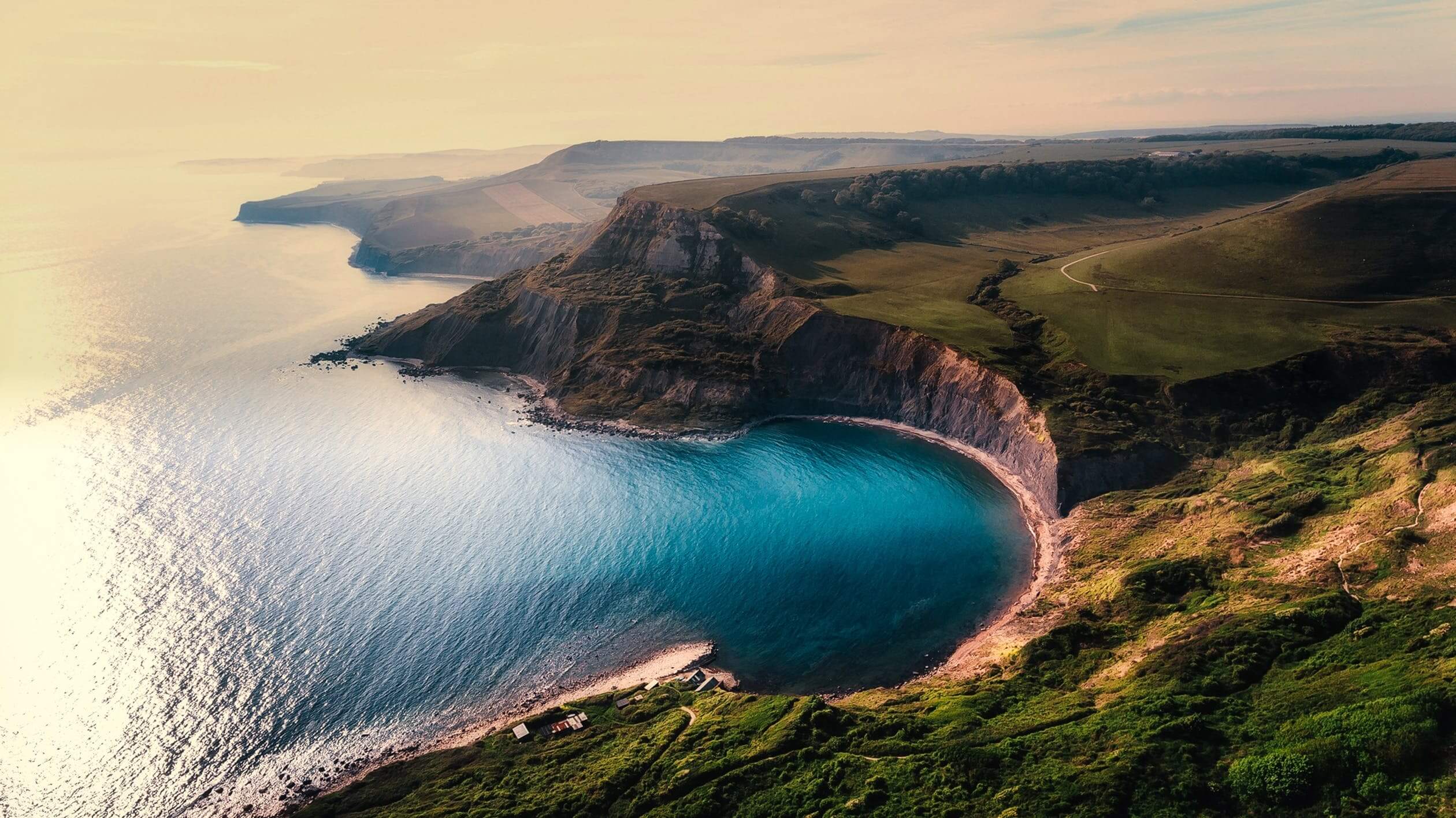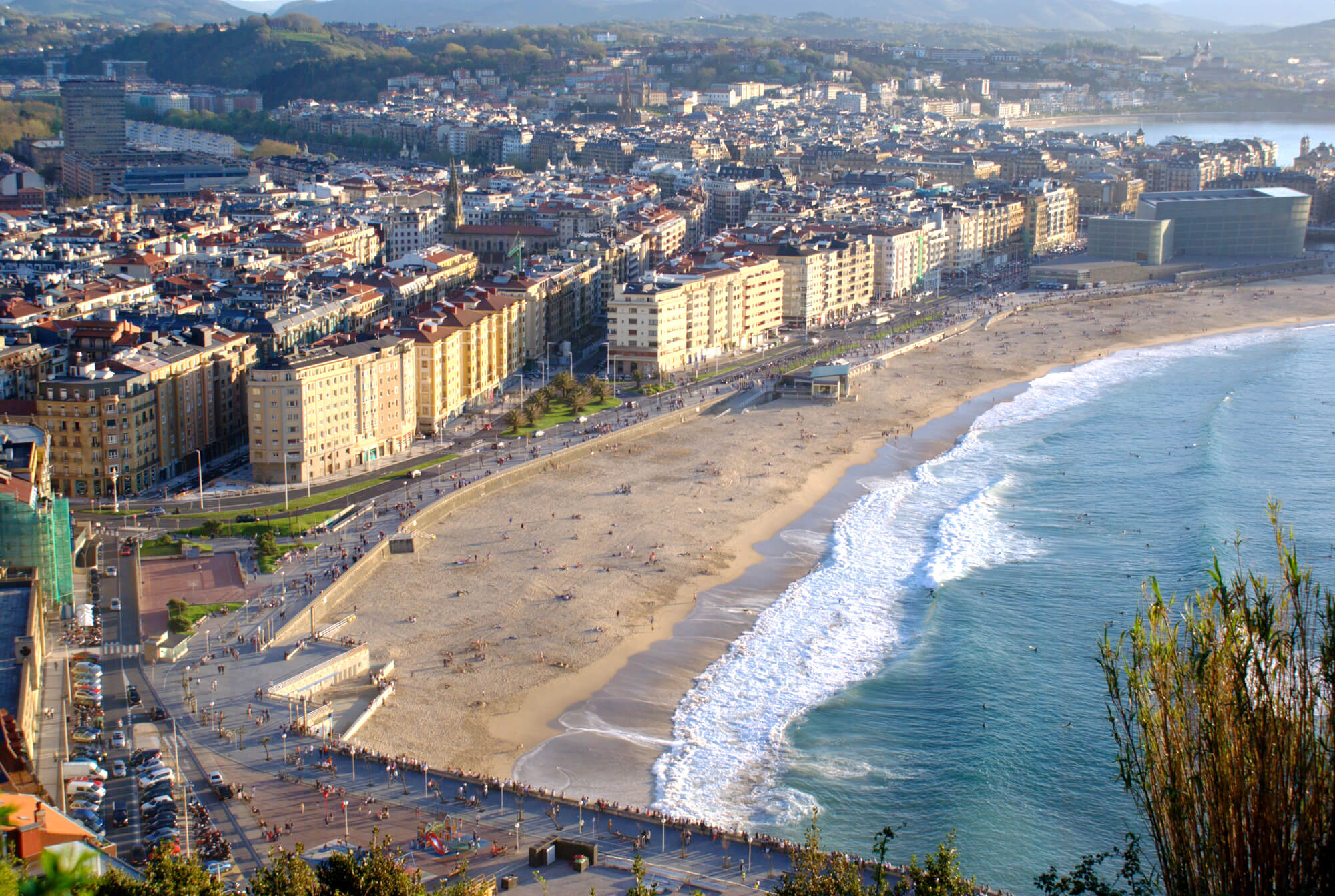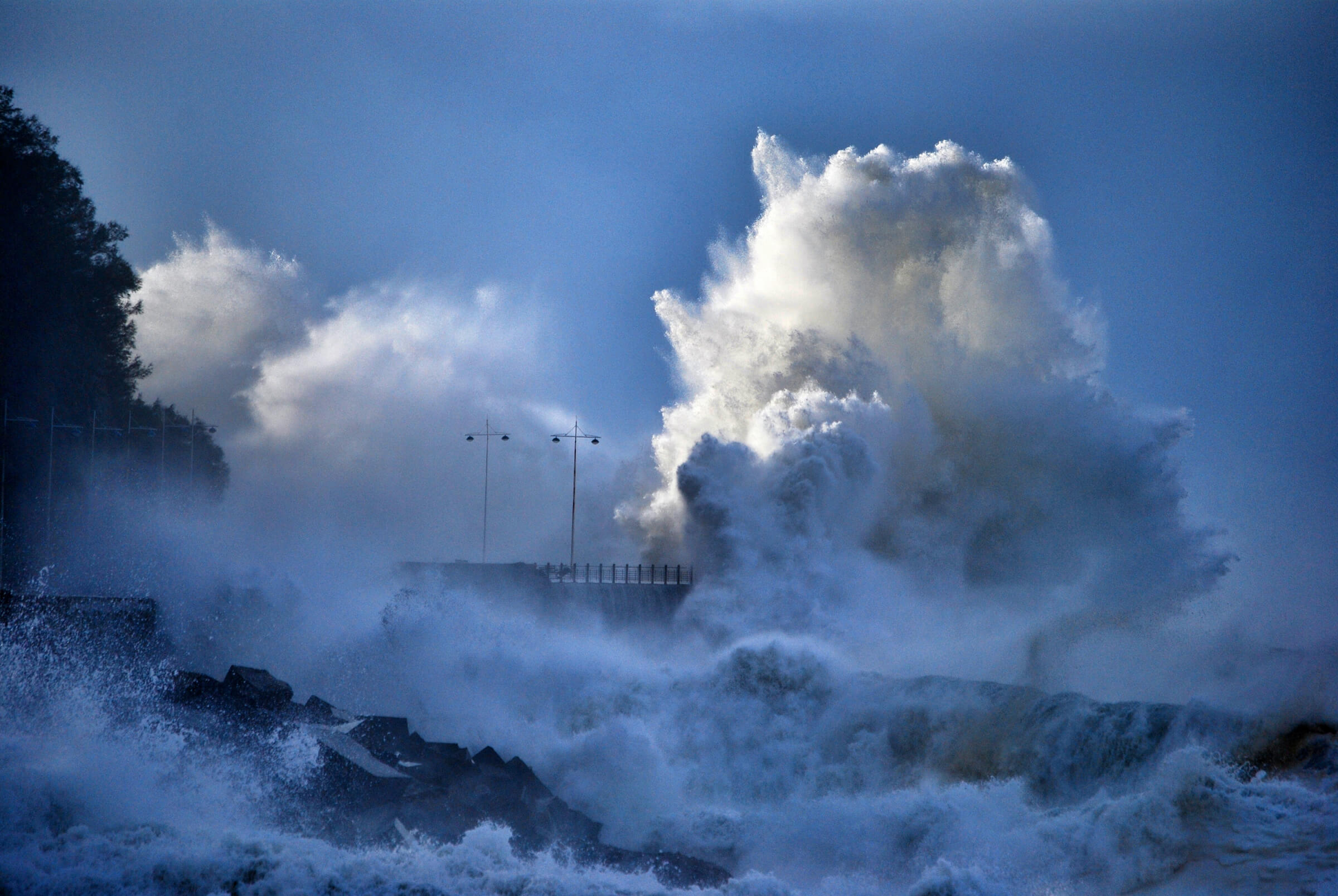Climate change impact assessment service for coastal zones
In order to minimise the impact of climate change on resources, ecosystems and coastal urban areas, AZTI specialises in:
- Definition of adaptation criteria and contingency plans to fight against climate change.
- Monitoring and processing of physical, chemical and biological variables using own or external networks (e.g. tide gauges, remote sensing).
- Statistical analysis of time series and validation of climate, oceanographic, geomorphological and ecological models (habitat of species, communities, ecosystem).
- Future scenario simulation: regional scenarios at physical (geomorphological models) and ecological level (coupling of habitat and geomorphological models to climate change); handling of global scenarios (e.g. AOGCM models).
- Scenario simulation and guidance on climate-ocean regime shift and species migration.
- Impact and vulnerability assessment and coastal adaptation: urban environment, natural physical environment, ecosystems, species migration, habitat change, marine resources.
- Effect on goods and services provided by ecosystems and socio-economic cost effectiveness of adaptation.
- Risk mapping of impacts and vulnerability indicators.
- Climate change adaptation consultancy (land-use planning, ecosystem conservation).
Climate change impact awareness enables potential actions to be predicted, anticipating the effects of sea level rise (flooding, etc.) in urban areas
Índice de contenidos
Benefits of climate change impact assessment
- Minimise impact of climate change on resources, ecosystems and coastal urban areas.
- Predict potential actions, anticipating the effects of sea level rise (flooding, etc.) in urban areas.
- Spatial planning in accordance with future sea level rise, extreme wave projections, ocean warming.
- Preserve habitats of Community interest, vulnerable species and ecosystems in line with expected sea level rise, estuarine and beach morphodynamic changes, migration of species due to displacement of suitable habitat.
- Anticipate salinisation and sewerage problems in cities and coastal towns.
Experience
- Almost 20 years experience (since 2003).
- Organization of UHINAK, Cross-Border Conference on Climate and Coastal Change.
- Technologies:
- Global climate model analysis techniques.
- Species habitat models.
- Multi-habitat models.
- Time series analysis techniques.
- Hydromorphodynamic model for estuaries.
- Flooding models based on sea level rise and variability.
- Remote spatial (satellite) and airborne sensors.
- Geographic Information Systems Community and connectivity analysis techniques.
- Multi-disciplinary work team: physical, chemical and biological oceanography, ecology, socio-economics, genetics, geography, geology.
Projects on climate change impact assessment
- LIFE URBAN KLIMA 2050: Adaptation in coastal urban areas, ports and climate change monitoring.
- KOSTEGOKI: Vulnerability, risk and adaptation of the BAC coast in the face of Climate Change.
- KLIMPACT: Assessment of the impact of the climatic components of sea level rise on the Basque coastline.
- Donostia / San Sebastian Climate Change Adaptation Plan (Donostia / San Sebastian City Council).
- K-EGOKITZEN and EKLIMA 21: Criteria for adaptation to climate change on the coast of the Basque Country due to rising sea levels, extreme waves, rainfall.
- LIDAR -Ref.: 0.39/SGTB/2007/4.1-, INUNDA and Vulner’Hab: Study of the flooding of Basque estuaries.
- DEVOTES (FP7) Study of vulnerability in ecosystems and biodiversity of European seas.
- (ZOSTERAMODEL, Ministry of Science) Effect of sea level rise and sea warming on seagrass meadows (Zostera noltii).
- Monitoring network and trends in the ecological status of coastal waters for the Basque Country water quality network.
- DECLIM: Trends in tide gauges and sea temperature through the development of an automatic online updating process for climate indicators.
- DECCMA: Indian Ocean projections under climate change and fishing pressure scenarios.
- Contribution to the FAO report summarising climate change impacts on global fisheries and socio-economic adaptation measures.
Scientific contributions
More than 30 publications in SCI journals, including high impact factor journals such as Nature Climate Change, Global Change Biology and Fish and Fisheries.
Selection of 5 most relevant articles:
- Chust, G., M. González, A. Fontán, M. Revilla, P. Alvarez, M. Santos, U. Cotano, M. Chifflet, A. Borja, I. Muxika, Y. Sagarminaga, A. Caballero, I. de Santiago, I. Epelde, P. Liria, L. Ibaibarriaga, R. Garnier, J. Franco, E. Villarino, X. Irigoien, J. A. Fernandes-Salvador, A. Uriarte, X. Esteban, D. Orue-Echevarria, T. Figueira, and A. Uriarte. 2022. Climate regime shifts and biodiversity redistribution in the Bay of Biscay. Science of the Total Environment 803:149622.
- de Santiago, I., P. Camus, M. González, P. Liria, I. Epelde, G. Chust, A. del Campo, and A. Uriarte. 2021. Impact of climate change on beach erosion in the Basque Coast (NE Spain). Coastal Engineering 167:103916.
- Valle, M., G. Chust, A. del Campo, M. S. Wisz, S. M. Olsen, J. M. Garmendia, and Á. Borja. 2014. Projecting future distribution of the seagrass Zostera noltii under global warming and sea level rise. Biological Conservation 170:74-85.
- González, M., A. Fontán, G. Esnaola, and M. Collins. 2013. Abrupt changes, multidecadal variability and long-term trends in sea surface temperature and sea level datasets within the southeastern Bay of Biscay. Journal of Marine Systems 109-110:S144-S152.
- Marcos, M., G. Chust, G. Jordà, and A. Caballero. 2012. Effect of sea level extremes on the western Basque coast during the 21st century. Climate Research 51:237-248.
